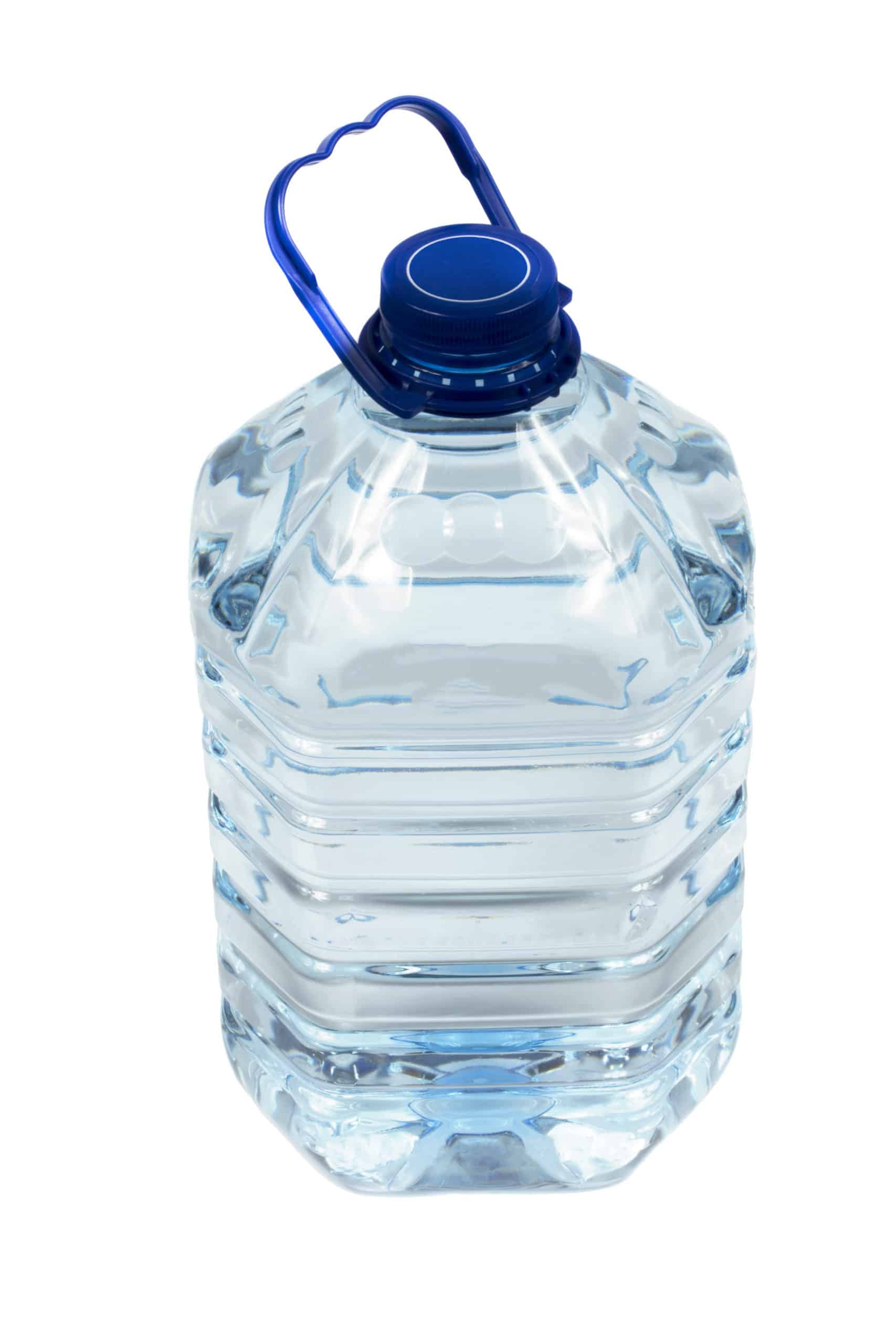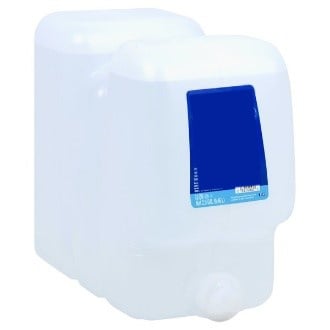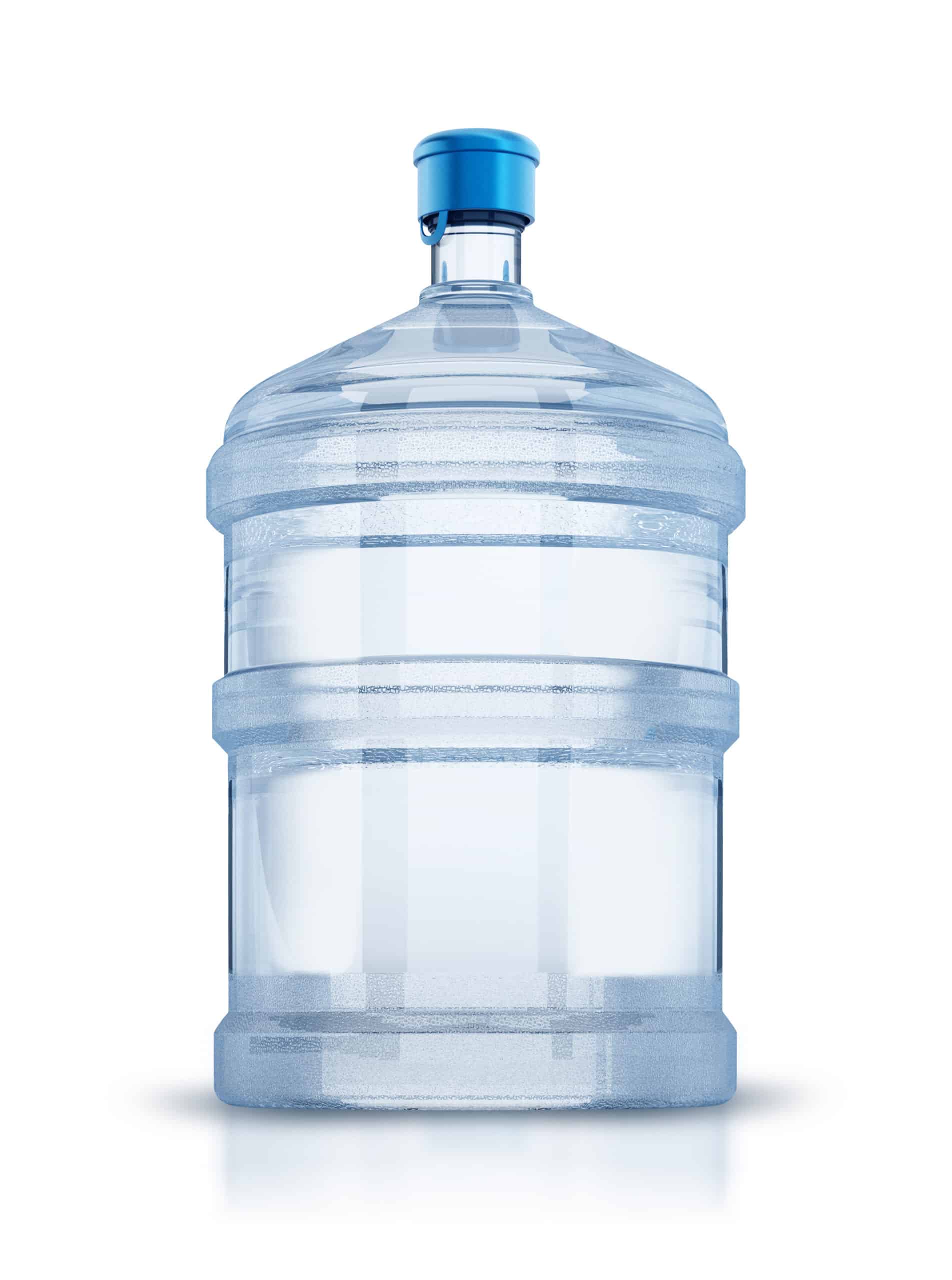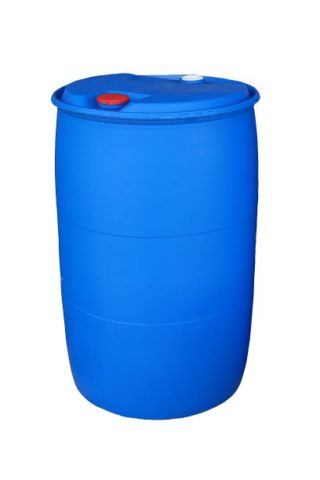Emergency Preparedness
Emergency Preparedness
An emergency or disaster can strike at any time. SCV Water is dedicated to helping our customers prepare. Follow the tips below to make sure you have enough clean, safe water to drink during and after an emergency. You’ll also find important resources and other emergency contact numbers.
Click a button to learn more:
Water Storage Before a Disaster
How Much Water Should You Store?
Typically, you should have enough water per person to last three to seven days, minimum. You will need at least one gallon for each person for each day you expect to be without water.
Santa Clarita Valley summers are very hot, so you may want to store more than the minimum. And don’t forget water for your pets! If you have freeze-dried meals stored for emergencies, remember to factor in the water needed to reconstitute your food.
How Should I Store My Water?
Your water should be stored in a durable container out of the sunlight.
How Do I Make Sure My Stored Water is Fresh?
Start a rotation program to keep your stored water fresh. Add a new bottle to your supply each time you go to the market and put your “oldest” bottle in the refrigerator for daily use.
Water Storage Options
The following are your typical stored water options:
One-Gallon Bottles

Three-Gallon Bottles

Five-Gallon Bottles

50-gallon Plastic Barrel
Purchase a new 50-gallon plastic barrel and the special wrench to remove the barrel caps. Check online for barrel and drum suppliers or earthquake products and services. You will also need a small hand pump to get water from your barrel, available through sporting goods or RV supply stores.
A barrel takes up less space and is likely less expensive than purchasing the water in bottles. Once the barrel is full it will weigh more than 420 pounds, so be certain to think about where you will store it.
First time barrel use: Rinse out your new barrel. Add 1/4 cup recently purchased liquid laundry bleach (see bleach specifications below) and fill the barrel with a clean hose. Let stand for 24 hours. Drain the barrel. Don’t waste this water; use it to wash your car. Place the barrel in its permanent location and add 1/4 cup bleach and fill with water. Install the cap and label the barrel with the date you filled it.
| Clear Water Amount of Bleach |
One Quart 2 drops |
One Gallon 8 drops |
5 Gallons 1/2 teaspoon |
| Cloudy Water Amount of Bleach |
One Quart 4 drops |
One Gallon 16 drops |
5 Gallons 1 teaspoon |
Once a year: Drain the barrel, add 1/4 cup bleach, refill with water, and date the barrel. The chlorine will be gone by this time, so you can use the drained water for plants.
Water Storage After a Disaster
Sources of Water After a Disaster
If your normal water supply is off and you have not stored water, the following places are possible sources:
- Recreational vehicle or camper.
- Your water heater. To drain, first turn off the water heater’s gas/electric supply. Close the water inlet valve on top of the heater. Open any hot water faucets or disconnect the water line on top of the water heater. Drain water into a container from the faucet at the bottom of the water heater.
- Melted ice cubes.
- The toilet tank, but not the bowl. Be sure to purify (disinfect) it before using it. (See water disinfection below.)
- Water in canned vegetables.
Do not use water from the following sources for drinking because the chemicals in them could cause you to become ill. Adding bleach or boiling will not make the sources below safe to drink but they may be used for bathing and flushing toilets:
- Swimming Pools
- Spas or hot tubs
- Your fish pond
Emergency Water Disinfection After a Disaster
If you are not certain that your water is safe to drink or SCV Water or your local water company has issued a “boil order,” you should disinfect the water before drinking it. You can disinfect water by one of several methods:
- Boiling
-
Bring the water to a rapid boil and let it boil for at least one minute. Never use charcoal barbecues indoors to boil your water.
- Reverse Osmosis Pump
-
Backpacking and boating supply stores have small reverse osmosis pumps that can remove minerals and bacteria. Carefully read the directions that come with your unit.
- Bleach Disinfection
-
Water may be disinfected with recently purchased, unscented household liquid chlorine bleach with a concentration between 5% and 9% sodium hypochlorite. CDC Website Do not use bleach that has active ingredients other than sodium hypochlorite. Do not use scented bleach. Ultra type bleaches are ok as long as they are not scented and do not contain added cleaners. To assure that your bleach is at maximum strength, rotate your supply. Each time you buy a gallon of bleach, put this with your emergency supplies. Use your previous bottle for your laundry. Mix the water and the bleach thoroughly by stirring or shaking in a container. Let the water stand for 30 minutes before using. You should be able to detect a slight chlorine odor after 30 minutes. If not, repeat the process and let stand for an additional 15 minutes.
Clear Water
Amount of BleachOne Quart
2 dropsOne Gallon
8 drops5 Gallons
1/2 teaspoonCloudy Water
Amount of BleachOne Quart
4 dropsOne Gallon
16 drops5 Gallons
1 teaspoon
Emergency Resources
For life-threatening emergencies, dial: 9-1-1
Emergency Preparedness & Resources
Emergency preparedness is planning how to respond when an emergency or disaster occurs and working to gather the resources to respond effectively. These activities help save lives and minimize damage by preparing people to respond appropriately when an emergency is imminent or hits. Be prepared for an earthquake, wildfires, storms, hazardous materials, power outages, and more.
The following resources provide valuable information for you to increase your awareness and preparedness on what to do in an emergency or disaster. There are also resources that will help you repair and rebuild afterward.
-
Water Service and Utilities
-
Water Purveyors
- SCV Water 661-294-0828
- L.A. Waterworks District #36 877-637-3661
Southern California Edison
- Customer Service 1-800-655-4555
- Report an outage online or call 1-800-611-1911
Southern California Gas
- General inquiries and My Account profile support: 1-877-238-0092
- Report a Gas Leak. If you suspect a gas leak or pipe damage, evacuate the area and call us from a safe location. 1-800-427-2200
- Sheriff & Fire Department Emergency Resources
-
Sheriff
- Santa Clarita Valley Sheriff’s Station
- SCV for non-emergencies, call: 661-260-4000
- L.A. County Sheriff’s Department
Fire
- Los Angeles County Fire Department – Santa Clarita Stations
- Non-Emergency/Business Phone 661-753-9710
- Division 3 Assistant Fire Chief: 661-298-5280
- Community Services Liaison: 661-250-2710
- L.A. County Fire Department
- Emergency Preparedness Resources & Notification Information
-
City of Santa Clarita
Los Angeles County
Red Cross
- Types of Emergencies & How to Prepare for Them
(i.e. drought, earthquake, extreme heat, fire, flood, power outage, terrorism, wildfire, etc.) - Plan and Prepare
- Types of Emergencies & How to Prepare for Them


